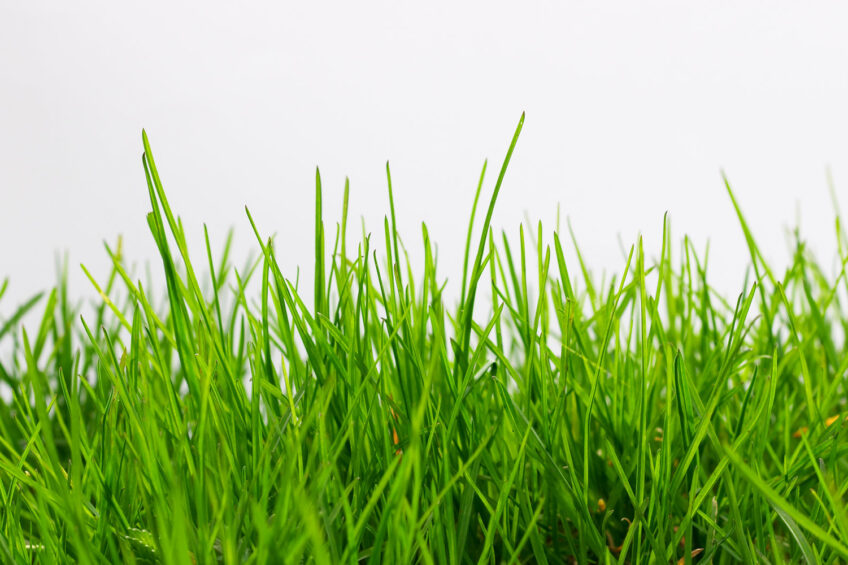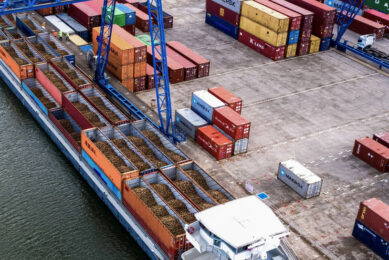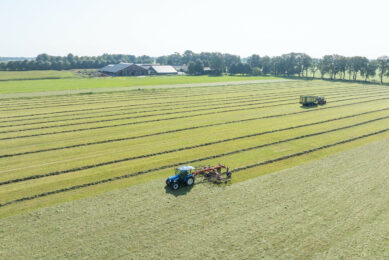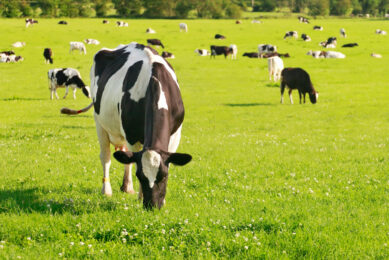FAO to study optimum grass use

A new project by the FAO and partners aims to optimise the grass use by developing a practical method to predict pasture intake of ruminants grazing heterogeneous pastures and rangeland.
Millions of livestock farmers around the world depend on grasslands for their livelihoods. Optimisation of the utilisation of grassland/ranch-land by livestock growers would therefore have a direct impact on the animal productivity and food security. But what can be done to achieve this?
The researchers at FAO and partners will be using stable isotopes to provide tools for better grassland management that enhance animal productivity and reduces impact on environment due to overgrazing, and to allow the design of effective feed supplementation strategies at farm level to optimise animal production.
In the research project 3 major laboratory activities are planned:
• the analysis of concentrations and stable carbon isotope composition (delta13C values vs. VPDB – Vienna Pee Dee Belemnite) of n-alkanes in the plant and faecal samples to predict dry matter (DM) intake and its plant proportions;
• the use of conventional chemical analysis of plants to determine their nutritional value; and;
• the development of the near infrared reflectance spectroscopy (NIRS) predictive equations of DM intake and the plant profile of that intake to facilitate the design of diets and supplements required to cover the nutritional needs of animals to optimise their productivity.
The combination of the three technologies applied to plant and faecal samples obtained in a common research protocol used by all participating countries will allow reaching the scientific objectives of the CRP.
The project will run for 5 years.
Join 13,000+ subscribers
Subscribe to our newsletter to stay updated about all the need-to-know content in the dairy sector, two times a week.










